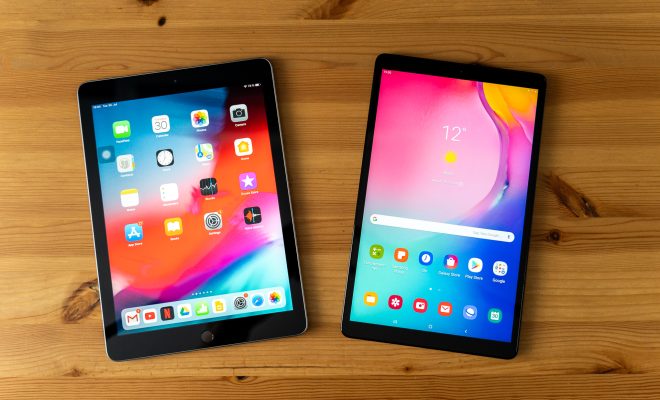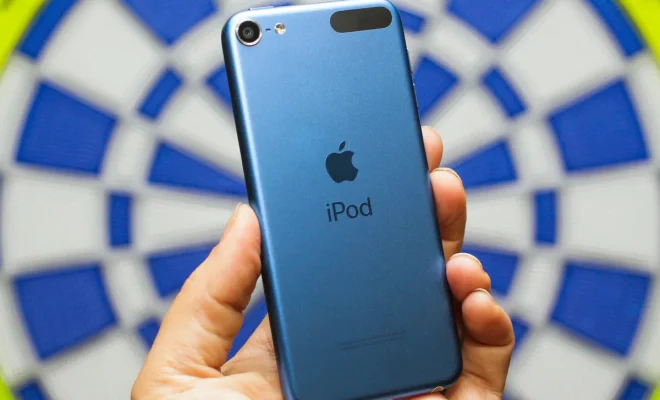USB-C vs. USB 3: What Is the Difference Between Them?

As technology continues to evolve, new hardware standards are created to provide more efficient and faster performance. One of the significant technological advancements in recent years is the introduction of USB-C and USB 3. Although these two technology standards share many similarities, they are also distinct in terms of performance, speed, and connectivity. In this article, we will explore the differences between USB-C and USB 3.
USB-C, also known as USB Type-C, is a relatively new connector port that was introduced in 2014. The USB-C port features a reversible connector, allowing users to plug it in either way. This port is becoming widely popular in mobile devices, tablets, and laptops, especially those produced by Apple. With USB-C, devices can charge faster, transfer data at remarkable speeds, and provide high-definition video output.
On the other hand, USB 3, also known as USB 3.0, is an older technology standard that was introduced in 2008. USB 3 is a significant improvement on the older USB 2.0, offering faster transfer speeds, better power management, and improved connectivity. It is backward compatible with previous USB standards, meaning that a USB 3 device can work with USB 2, and USB 1.1 ports. USB 3 devices are prevalent in desktops, laptops, and external hard drives.
One of the significant differences between USB-C and USB 3 is the physical connection. USB-C is a smaller port and connector, measuring just 8.4mm by 2.6mm, making it more convenient and faster to use. Additionally, the USB-C port is reversible, which means that no matter how you plug it in, it will work seamlessly. USB 3, on the other hand, uses a larger connector and port, measuring 11.5mm by 4.5mm, making it bulkier and less convenient to use.
When it comes to data transfer speeds, USB-C and USB 3 are both incredibly fast, but USB-C takes a slight edge. USB-C can transfer data at speeds of up to 10 Gbps while USB 3 has a data transfer speed of up to 5 Gbps. These high speeds make it possible to transfer large files quickly and easily.
Another difference between these two technologies is their power management capabilities. USB-C is designed with the latest Power Delivery Specification, meaning that it can provide a maximum of 100 watts of power. This makes it possible to charge laptops, tablets, and smartphones at incredibly fast speeds. USB 3, on the other hand, has a maximum power delivery of 4.5 watts, making it less ideal for charging devices.





